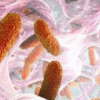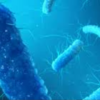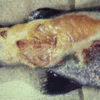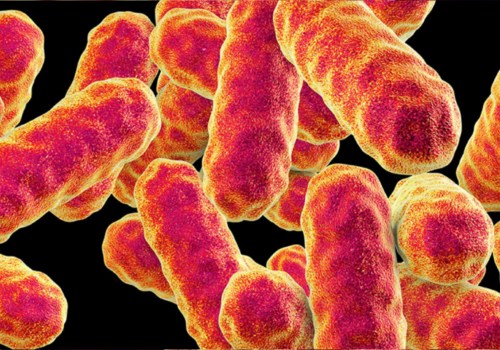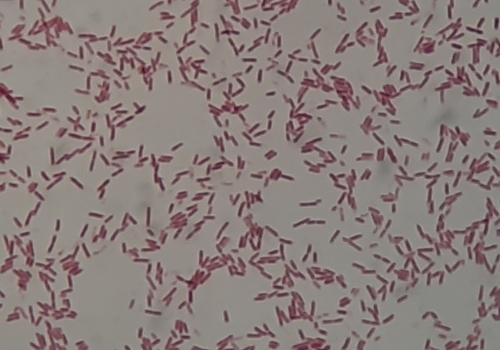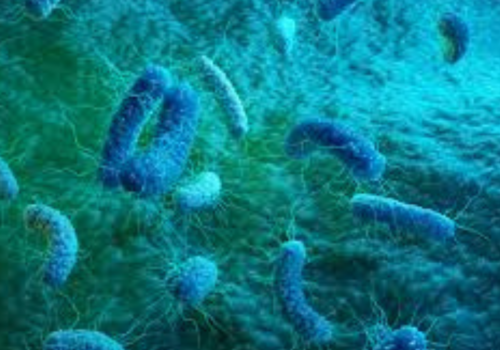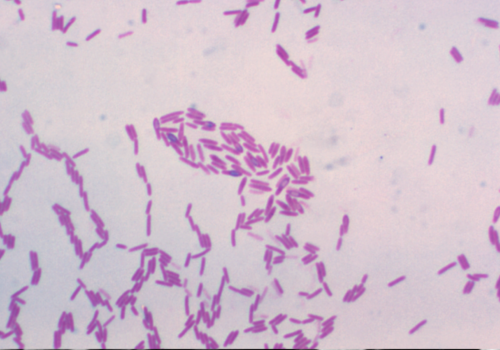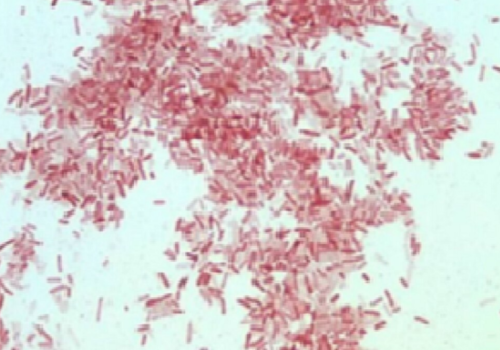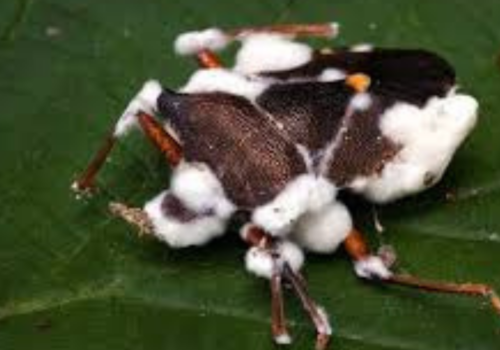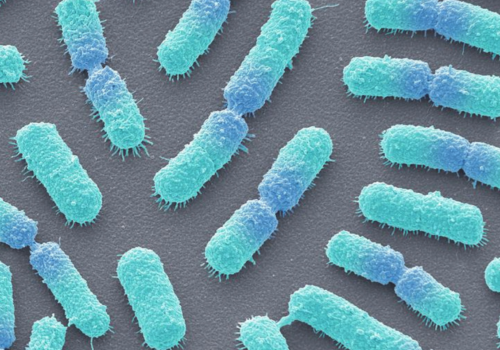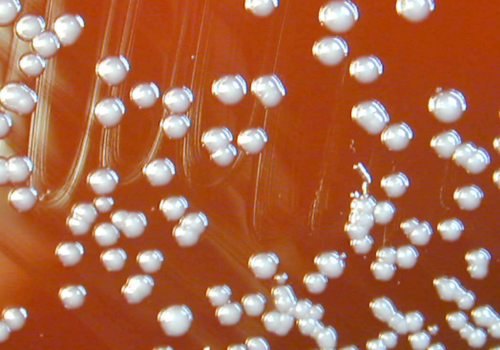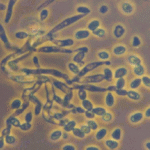Overview of the Microbe Serratia marcescens is a rod‑shaped, Gram‑negative bacterium within the family Enterobacteriaceae capable of aerobic and facultative anaerobic growth in diverse habitats,...
Overview of the Microbe Serratia fonticola is a Gram‑negative, rod‑shaped bacterium in the family Enterobacteriaceae, first described from freshwater habitats and now recognized in soils,...
Overview of the Microbe Burkholderia cepacia belongs to the Burkholderia cepacia complex (Bcc), a group of at least 20 closely related Gram‑negative, catalase‑positive, lactose‑nonfermenting species within...
Overview of the Microbe Paenibacillus polymyxa is a gram-positive, rod-shaped, spore-forming bacterium commonly found in soil and the rhizosphere of plants. It thrives in diverse...
Overview of the Microbe Photorhabdus luminescens is a Gram-negative, rod-shaped bacterium in the family Morganellaceae (formerly Enterobacteriaceae) that is notable for its bioluminescence and insect-pathogenic...
Overview of the Microbe B. amyloliquefaciens belongs to the Bacillus subtilis species complex and was first described by Priest et al. in 1987 based on...
Overview of the Microbe Beauveria bassiana (Balsamo) Vuillemin is an anamorphic ascomycete belonging to the family Cordycipitaceae, order Hypocreales, and is ubiquitously present in soil...
Bacillus subtilis is a robust, Gram-positive bacterium widely recognized for its adaptability and efficiency in various environments.
Overview of the Microbe Burkholderia vietnamiensis is a Gram‑negative, rod‑shaped bacterium first described by Gillis and colleagues in 1995 as part of the Burkholderia cepacia complex[1]. Unlike...
- 1
- 2

